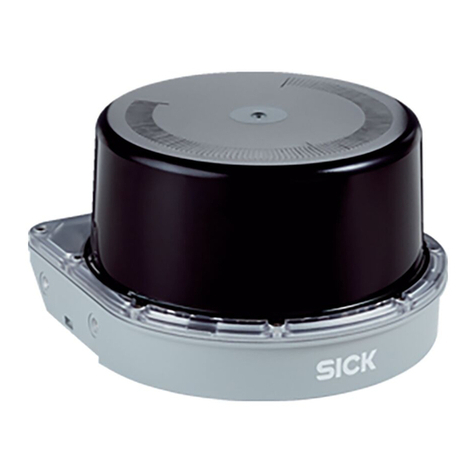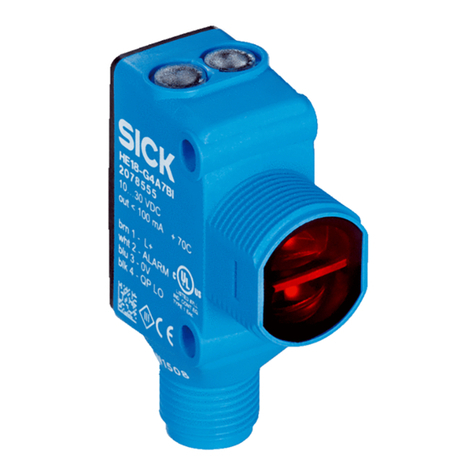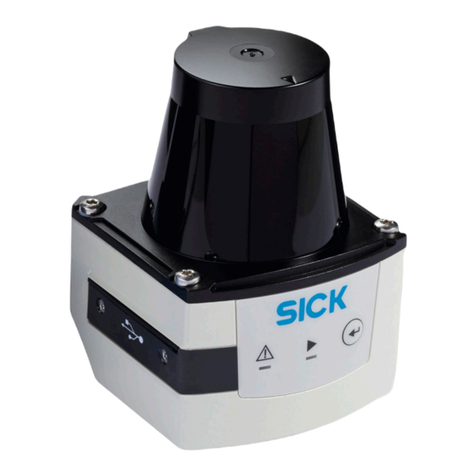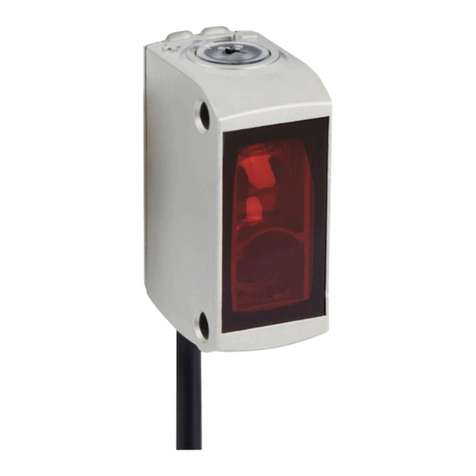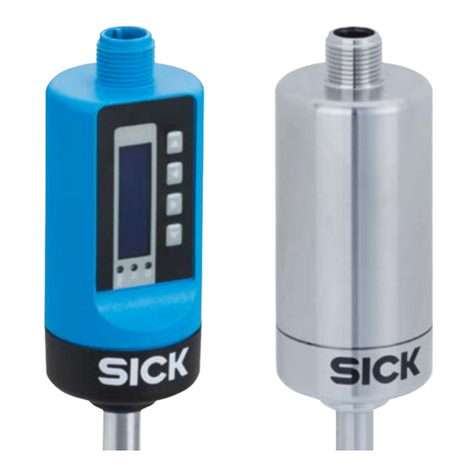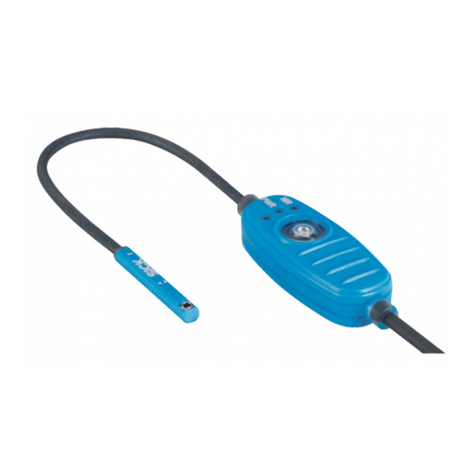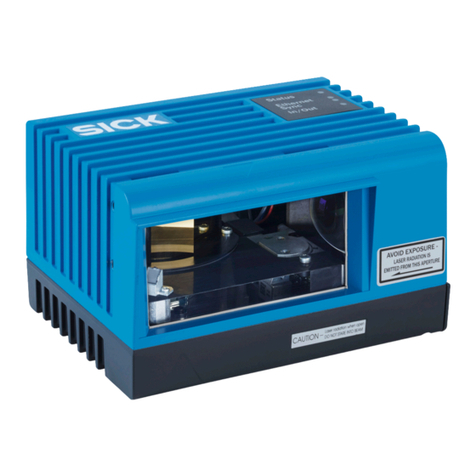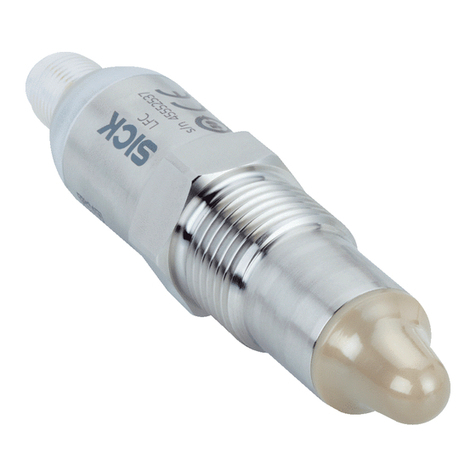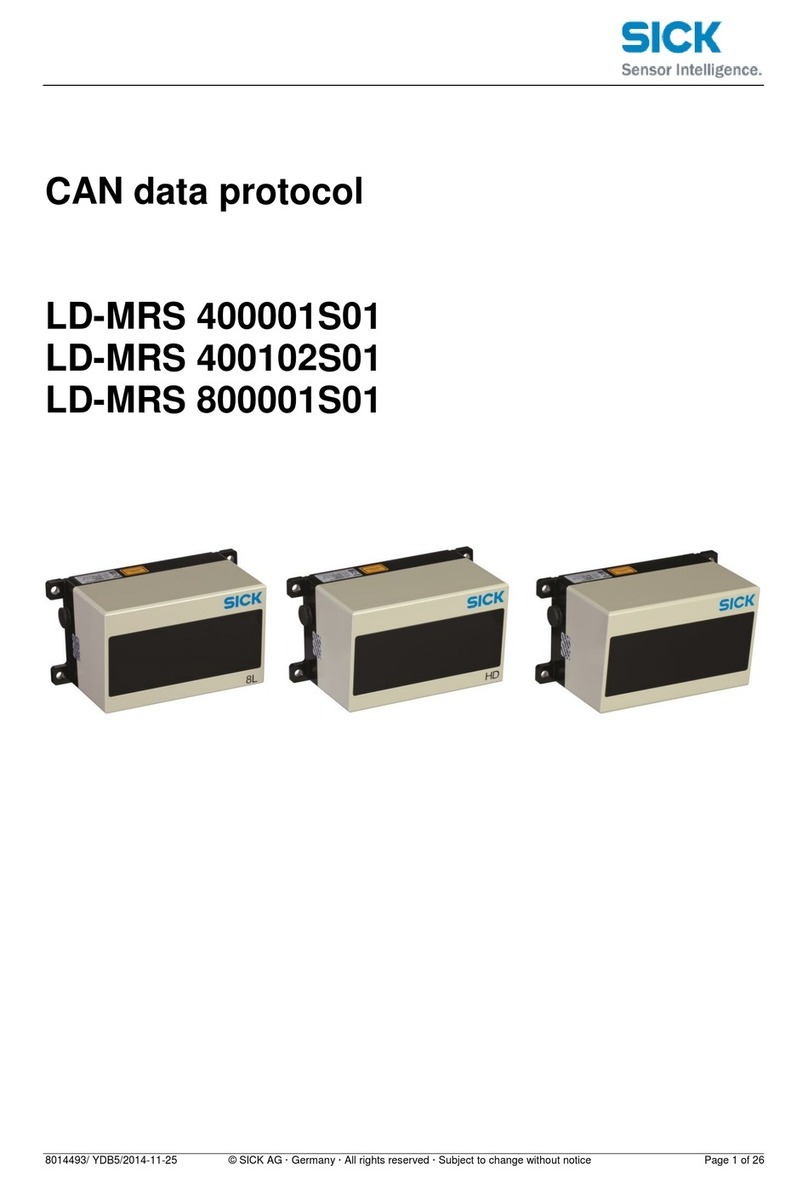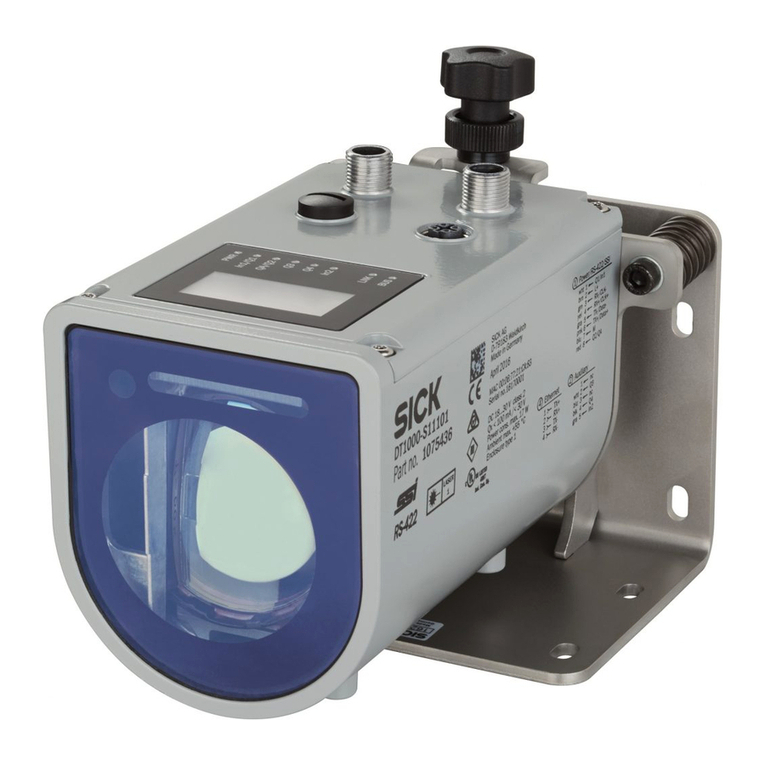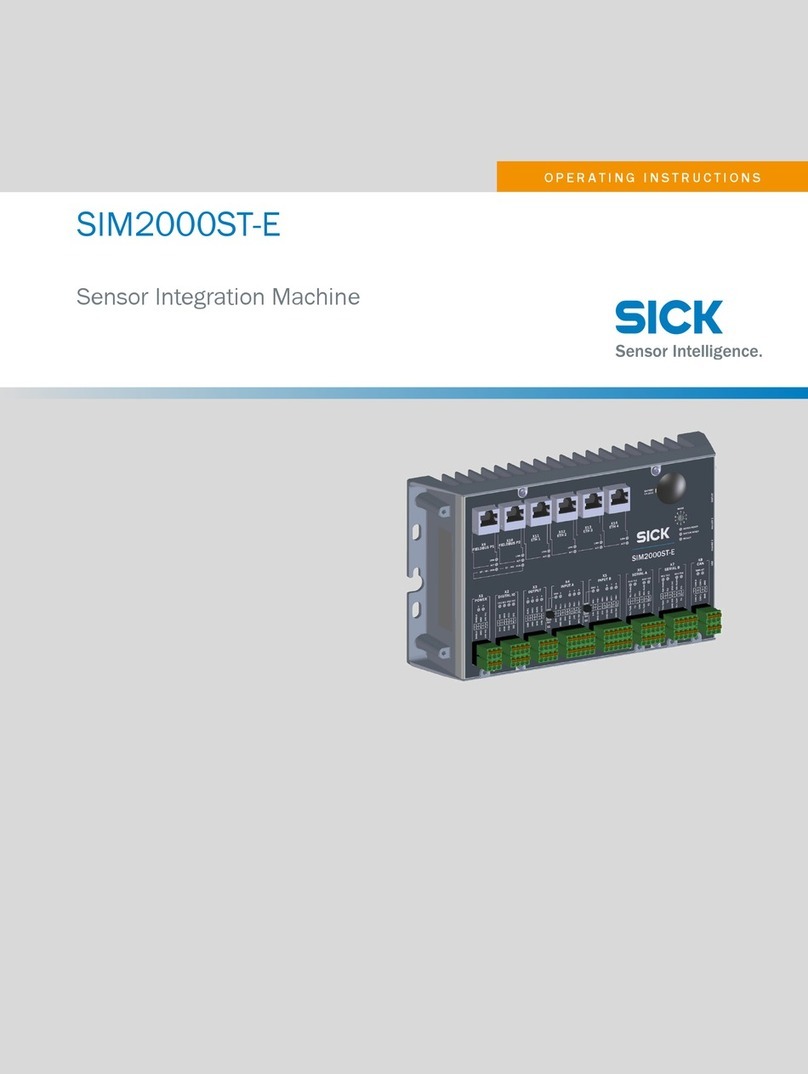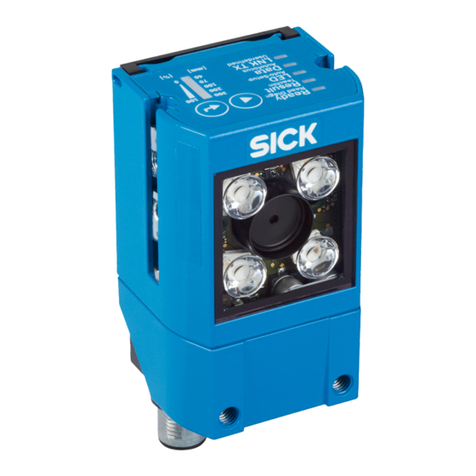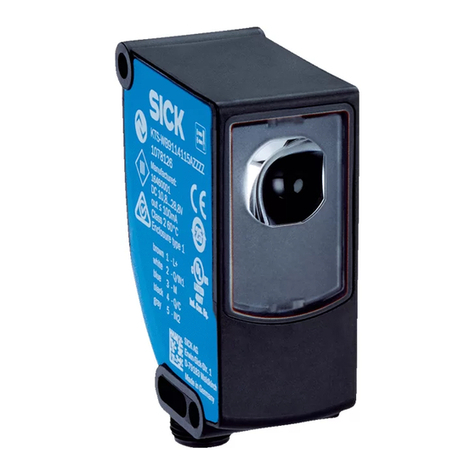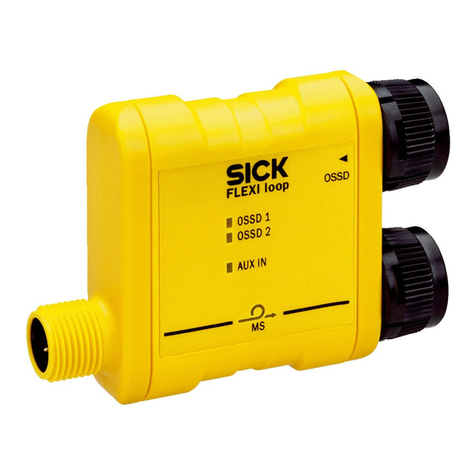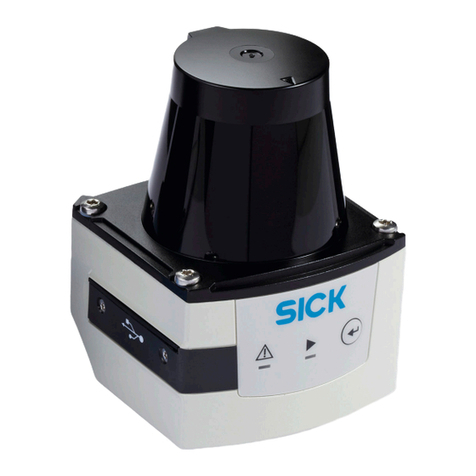
Contents
1 About this document........................................................................ 5
1.1 Information on the operating instructions.............................................. 5
1.2 Scope......................................................................................................... 5
1.3 Explanation of symbols............................................................................ 5
1.4 Additional information.............................................................................. 6
1.5 Customer service...................................................................................... 6
2 Safety information............................................................................ 7
2.1 Intended use............................................................................................. 7
2.2 Improper use............................................................................................. 7
2.3 Limitation of liability................................................................................. 7
2.4 Requirements for skilled persons and operating personnel.................. 8
2.5 Hazard warnings and operational safety................................................. 8
2.6 Eye safety.................................................................................................. 8
2.7 Repair........................................................................................................ 9
3 Product description........................................................................... 10
3.1 Product ID.................................................................................................. 10
3.2 Product features and functions............................................................... 11
4 Mounting............................................................................................. 13
4.1 Scope of delivery....................................................................................... 13
4.2 Mounting requirements............................................................................ 13
4.3 Mounting the device................................................................................. 13
5 Electrical installation........................................................................ 15
5.1 Notes on electrical installation................................................................ 15
5.2 Note on the swivel connector................................................................... 16
5.3 Pin assignment of the connections......................................................... 16
5.4 Connecting the supply voltage................................................................. 18
5.5 Wiring the interfaces................................................................................ 18
6 Commissioning.................................................................................. 20
6.1 Extended commissioning......................................................................... 21
6.2 First step to commissioning with Modbus RTU....................................... 22
7 Operation............................................................................................ 30
7.1 Control elements...................................................................................... 30
7.2 Navigation tree, general........................................................................... 30
7.3 Activating or deactivating the pushbutton lock...................................... 32
7.4 Resetting the device (factory setting)...................................................... 32
7.5 Teach-in..................................................................................................... 32
7.6 Additional settings.................................................................................... 34
8 Troubleshooting................................................................................. 40
CONTENTS
8028100/2023-03-07 | SICK O P E R A T I N G I N S T R U C T I O N S | CSS/CSX High Speed 3
Subject to change without notice
